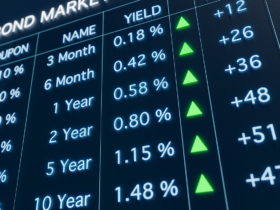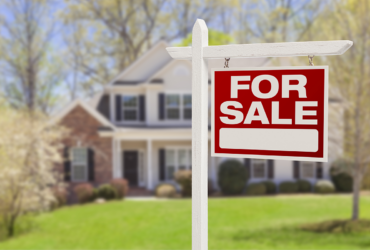
The U.S. Census Bureau found that the homeownership and rental vacancy rate were statistically unchanged in the fourth quarter of 2020 (Census Bureau)
- HOMEOWNERSHIP: The vacancy rate of 1.0% was up 10 basis points from Q3’s .9%, but was down 40 basis points from the 1.4% of Q4 2019
- RENTAL: The vacancy rate of 6.5% was up 10 basis points from Q3 and Q4 of 2019 both of which saw a vacancy rate of 6.4%
Not surprisingly, the homeownership vacancy rate in the principal cities was 20 basis points higher than in the suburbs and the rental vacancy rate was a big 1.4% lower in the suburbs compared to the principal cities
Regionally, The West continued to have the lowest homeownership and rental vacancy rates compared with the other three regions. The South meanwhile was the only region to see a drop in both categories.
- THE WEST: The homeownership rate was .06% half of its Q4 rate in 2019. The rental rate (5.7%) was up 30 basis points when compared to Q4 in 2019.
- THE NORTHEAST: The homeownership rate was 1.1% down 20 basis points from 2019. The rental rate (5.7%) was up 50 basis points compared to Q4 2019.
- THE MIDWEST: The homeownership rate was 1.1% down 20 basis points from 2019. The rental rate (7.8%) up a full point from 2019.
- THE SOUTH: Was the only region to see a drop in both categories. The homeownership rate was 1.1% down 50 basis points from 2019. The rental rate (7.4%) was down 80 basis points when compared to Q4 2019
Homeownership rates are at their highest levels in 5 years, but some demographics are doing better than others.
- AGE: Those over 65 had the highest rate at 80.2% while those under 35 had the lowest rate at 38.5%
- RACE: White had the highest rate of homeownership at 74.5% while blacks had the lowest rate of homeownership at 44.1%
- WEALTH: Households with family income greater than or equal to the median family income had a homeownership rate of 79.4% while households with family income less than the median family income had a homeownership rate of 52.3%
WHY DOES THIS MATTER: Peter Coy at Bloomberg explained last week, that low vacancy are a good sign we are not anywhere near a 2008 like housing bubble,
“The peak of the homeowner vacancy rate, at just shy of 3%, was 2007-08, when there really was a bubble in the market. Builders were putting up houses faster than the U.S. population could form households to occupy them. It took awhile, but eventually prices plunged, people defaulted on their mortgages, and the U.S. economy crashed, helping bring down the global economy with it.
Today’s situation couldn’t be more different. The homeowner vacancy rate is 0.9%, equaling the lowest in U.S. Census Bureau records going back to 1956. In other words, there’s a shortage of houses this time, not an excess.”
The recent craziness on Wall Street is giving a lot of people flashbacks of the time right before the dot-com collapse. Combine that with the The Fed’s bond buying program and many are concerned about asset bubbles. The good news is that if there are asset bubble ready to pop residential real estate isn’t one of them.






Got a Questions?
Find us on Socials or Contact us and we’ll get back to you as soon as possible.